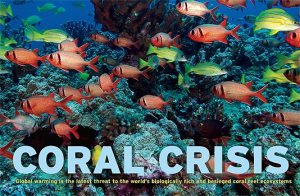Perusing through the web, I came across this telling statistic on Living Green Magazine regarding the U.S. House of Representatives and green policy making.
“The 112th Congress has adjourned until after the election but leaves us with a shocking statistic: Since January 2011, one out of every five votes during the last 2 years was to undermine environmental protections.”
Now keep in mind, we have no insight into why these bills were passed over and ultimately rejected. As we all know, laws are especially difficult to pass with a partisan government, let alone the petulant bi-partisan one we have today. Yet, by all indications, votes were not cast in a rational basis through facts and hard evidence (I mean what the hell is all that gibberish anyway). Rather, as the article indicates, “The House’s anti-environment votes largely fell along party lines: 94 percent of Republican members voted for the anti-environment positions, while 87 percent of Democratic members voted for the pro-environment positions.” And even more shocking was that some of these votes were cast in an attempt to weaken the “Clean Air Act,” a 40 year old bill which regulates air pollution.
Among the other reprehensible attempts to undermine environmental policy include:
1. 39 votes were to weaken protection of public lands and wildlife.
2. 31 votes were to undermine Clean Water Act protections.
3. 37 votes were to block action to address climate change.
With election day coming up and the topic of healthcare on everybody’s mind, environmental policy may take a relative back seat so-to-speak. Yet, as we’ve made it clear here at livegreenbegreen, affects everyone, and everyone has the ability to affect it. Making the planet cleaner and safer to live in requires both parties to lay down their swords, and come to the table seeking compromise. Only in this way can we, as a nation, move toward a world in which we all live green, and be green.









